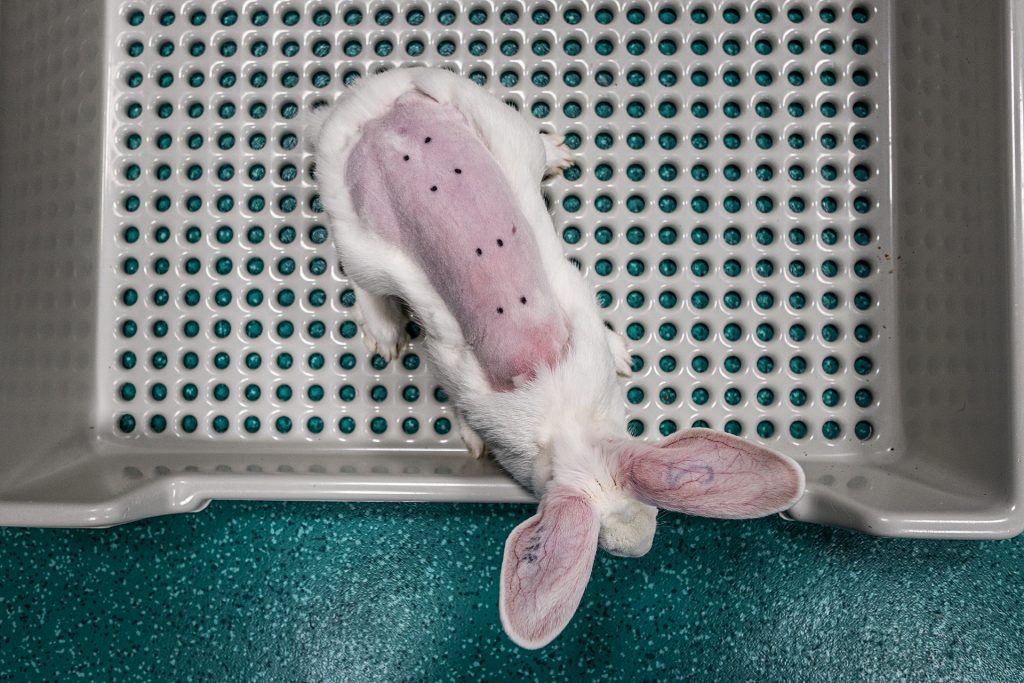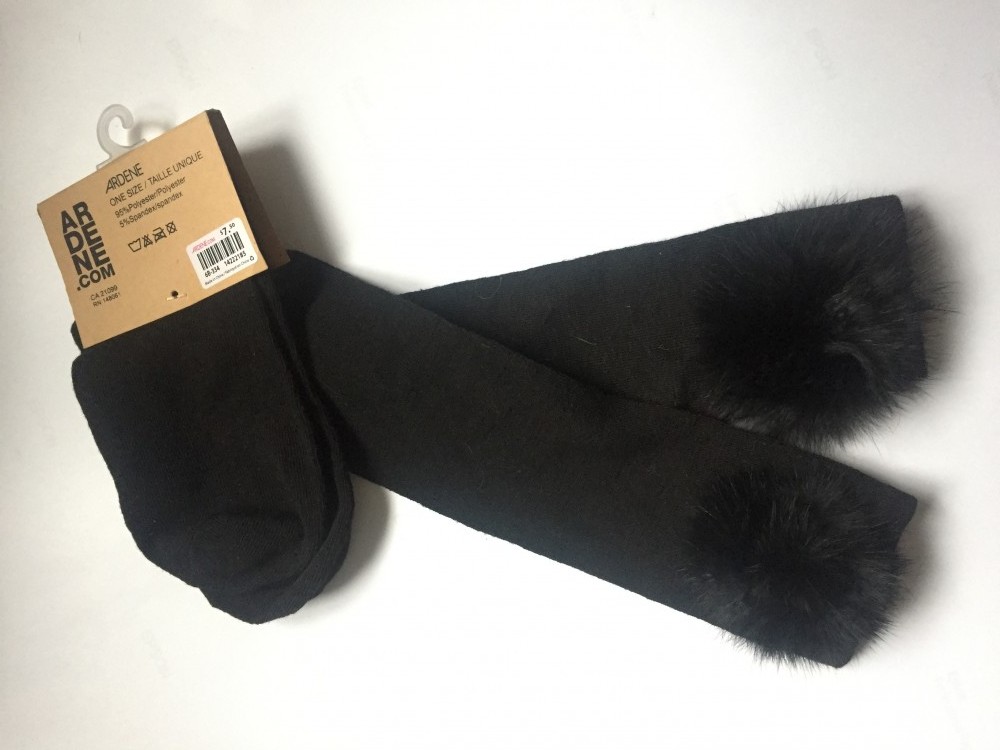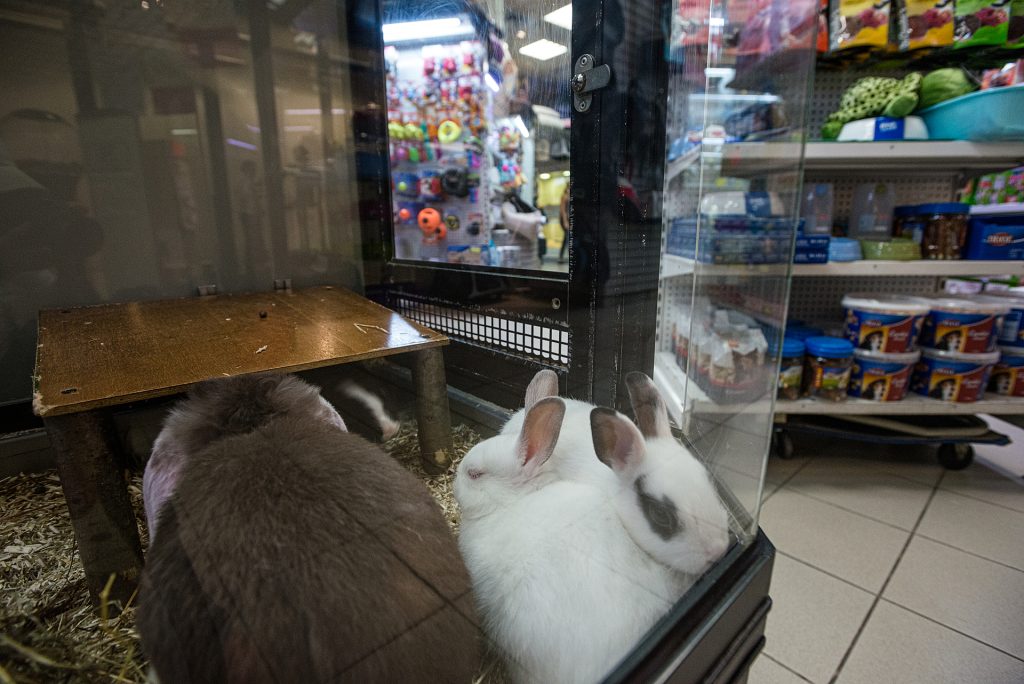September 24 is International Rabbit Day, and as bunny guardians celebrate their adopted companions, it’s also important to remember the rabbits who aren’t so lucky. Rabbits are exploited by a range of cruel industries and desperately need advocates to speak out for their protection.
Rabbits Killed for Food
Hundreds of thousands of rabbits are killed every year in Canada for human consumption and as meat for pet food.
Most rabbit farms confine the delicate animals in small cages, and deprive rabbits from doing what comes naturally to them, like socializing, playing, and burrowing. Male rabbits are often sent to slaughter when they are less than 12 weeks old, and females are often kept until they are no longer productive at breeding offspring.
At the slaughterhouse, terrified and panicked rabbits are typically stunned by electrocution and then killed by having their throat slit or by decapitation.

Rabbits Abused in Labs
Using animals to test the toxicity of chemical ingredients is outdated and cruel, yet is still commonplace in Canada. Tests range from skin and eye irritation tests, to so-called “lethal dose” poisoning tests, where animals are forced to ingest chemicals until half of the animals in the testing group die.
Rabbits are complex, sentient animals who can think and feel pain, yet can be painfully poisoned to death to bring new cosmetics or household cleaners to market.
Animal Justice and other groups have been pushing for years for Canada to end the use of animals in cosmetics and toxicity testing. Our lawyers are currently working to improve Bill S-5, the Strengthening Environmental Protection for a Healthier Canada Act. The long-overdue government bill would revamp the Canadian Environmental Protection Act, 1999 (“CEPA”), one of the most important environmental laws in the country, which regulates toxic substances to protect people, animals, and the planet. We’re pushing for changes to make sure animals are no longer used for cruel toxicity tests.

Rabbits Die for Fashion
Because of their docile nature and fast growth, rabbits are abused on commercial fur farms in Asia and Europe and killed for trinkets imported into Canada, like fur pom-poms on winter hats and fur accents on purses.
Angora sweaters are also made from rabbit fur, with the hairs often ripped from live rabbits who have been bred to produce the soft fur.
As major fashion houses and retailers are ditching fur over animal cruelty concerns, fur producers are attempting to re-brand and find new markets for their cruel product. Rabbit fur is showing up on store shelves in items consumers may not expect, sometimes even mislabelled as faux fur. It’s important for consumers to remain vigilant, and complain to store managers when they spot real fur for sale.

Rabbits Suffer in the Pet Industry
Just like in puppy mills, bunnies are often bred in large facilities where their welfare is not respected. Bunny mills force rabbits to live their entire lives as breeding machines confined in cages, with no ability to roam, enjoy being with their families, or perform natural behaviours.
Babies are often taken from their mothers too early, at only a few weeks of age, because they look cute and take up less space in pet stores.
Meanwhile, shelters and rescues, like Rabbit Rescue Inc., are overflowing with loving animals, including rabbits, who need forever homes. Purchasing rabbits from pet stores and breeders condemns rabbits in shelters and rescues to death, increasing euthanasia rates of healthy, adoptable pets.

For International Rabbit Day, take a moment to speak out for rabbits. Sign a petition, ask a retailer to go fur-free, share this article on Facebook, volunteer with a rescue, or remind your friends to always adopt.
Banner: Rachel Kuay | Unsplash




